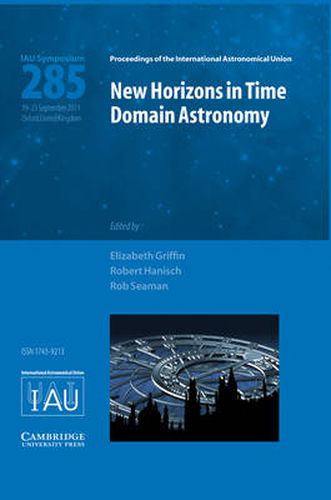Readings Newsletter
Become a Readings Member to make your shopping experience even easier.
Sign in or sign up for free!
You’re not far away from qualifying for FREE standard shipping within Australia
You’ve qualified for FREE standard shipping within Australia
The cart is loading…






IAU Symposium 285 addresses studies of variability among the whole gamut of cosmic objects. While new fields involving transients, blazars, gamma-ray bursts, active galactic nuclei and quasars are still emerging, the puzzles posed by longer-term sources of variability still remain. This volume adopts an interdisciplinary theme, examining different manifestations of variability to gain new scientific insights that may be missed when one type of object or variability is studied in isolation. By integrating discussions from participants across the breadth of astronomical science, it addresses the core question: ‘How can technology and collaboration be better harnessed to enhance the science requirements and outcomes?’ With major new transient surveys coming online soon to lay the groundwork for LSST, the results, research tools and visions presented here will help both researchers and database managers collaborate in the exciting challenges of time-domain astronomy.
$9.00 standard shipping within Australia
FREE standard shipping within Australia for orders over $100.00
Express & International shipping calculated at checkout
IAU Symposium 285 addresses studies of variability among the whole gamut of cosmic objects. While new fields involving transients, blazars, gamma-ray bursts, active galactic nuclei and quasars are still emerging, the puzzles posed by longer-term sources of variability still remain. This volume adopts an interdisciplinary theme, examining different manifestations of variability to gain new scientific insights that may be missed when one type of object or variability is studied in isolation. By integrating discussions from participants across the breadth of astronomical science, it addresses the core question: ‘How can technology and collaboration be better harnessed to enhance the science requirements and outcomes?’ With major new transient surveys coming online soon to lay the groundwork for LSST, the results, research tools and visions presented here will help both researchers and database managers collaborate in the exciting challenges of time-domain astronomy.